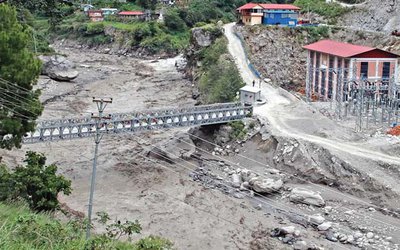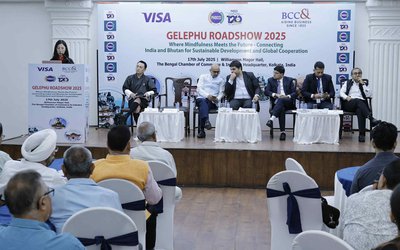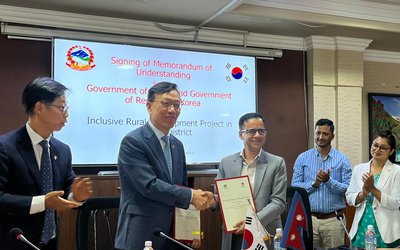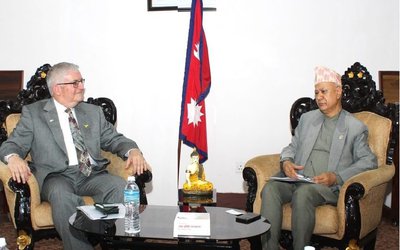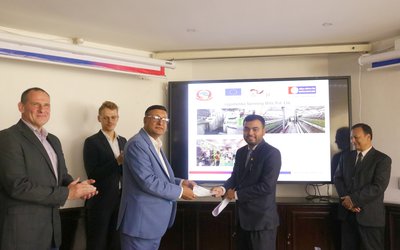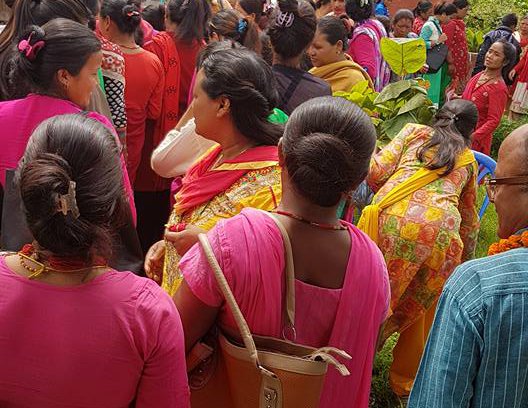
In the hills and Terai regions of Nepal, a gradual transformation is taking place, impacting one household at a time. Women who once hesitated to speak up in community gatherings are now confidently managing small businesses. Families that previously had no interaction with banks are now saving money, accessing loans, and envisioning ambitious business ventures. Behind this shift lies a fundamental yet impactful force: microfinance. Microfinance in Nepal goes beyond mere financial transactions. It fosters trust, upholds dignity, and empowers individuals—especially women—with the tools to seize control of their lives and shape their destinies.
The Significance of Microfinance
At its essence, microfinance aims to promote financial inclusivity by extending banking and financial services to those marginalized by the conventional system. In Nepal, this initiative has yielded significant results. Presently, over 6.1 million individuals are linked with microfinance institutions, with 2.7 million having availed loans, of which an impressive 96% are women. However, this success transcends mere statistics; it embodies transformed lives. Microfinance has enabled women in rural areas to establish small enterprises, rear livestock, invest in agriculture, and even educate their children. It has also enhanced financial literacy, teaching individuals the importance of saving, investing, and taking calculated risks for a brighter tomorrow. Notably, Nepal's microfinance sector enjoys global acclaim for its robust governance, often surpassing that of larger nations like India in the microfinance domain.
The Impact of Incremental Progress on Financial Inclusion
The significant amount of money flowing through microfinance, currently estimated at NPR 5 trillion, is a testament to its importance. This includes savings from group members and investments directed through microfinance institutions from commercial banks. This system has expanded access to financial services for a larger number of people. While a typical bank branch in Nepal serves around 4,000 individuals, microfinance has reduced this number to approximately 2,500, making financial services more accessible than ever before. This increased accessibility has led to more job opportunities, business growth, and overall economic development in rural Nepal.
Examining the Challenges
Despite its positive impact, microfinance also faces challenges. While microcredit plays a crucial role in supporting small businesses, it is not the sole solution for sustainable business ecosystems. For instance, although 80% of microloans are directed towards agriculture for items like seeds, fertilizers, and tools, small-scale farmers often do not receive government subsidies or assistance. In contrast, larger farmers who borrow from commercial banks benefit from government subsidies, creating an uneven playing field. This disparity raises questions about fairness and equity in the microfinance sector.
Furthermore, the issue of high interest rates remains a concern. Due to the continued use of manual systems and outdated processes by many microfinance institutions, their operational costs are high, ultimately burdening borrowers with increased fees. Additionally, loans are often disbursed without adequate business training or support, leading to challenges for borrowers, particularly women, in sustaining their businesses. This lack of guidance results in loan defaults, negatively impacting both the borrower and the lender.
Entrepreneurs frequently cite difficulties in accessing credit or capital as their primary challenge, despite banks and financial institutions expressing readiness to provide business loans. The real issue lies in the absence of comprehensive business planning and support. To address this, we require improved business models and systemic interventions that facilitate connections between entrepreneurs and local service providers offering suitable credit packages.
Local governments, development partners, and business groups have a crucial role to play in facilitating these necessary changes. Additionally, Nepal faces a deficiency in a robust credit information system, particularly concerning microcredit. While some progress has been made in implementing such a system, it is essential to integrate it with the entire banking sector to mitigate risks of duplication and unpaid loans. Moreover, while significant strides have been made in empowering women, there is a need to focus on other marginalized groups, such as returnee migrants. These individuals bring valuable skills and experiences back to Nepal but often lack the support needed to establish new enterprises. By harnessing the potential of returnee migrants as future microcredit clients and leveraging their expertise, we can further enhance enterprise development and promote small and medium-sized enterprises.
Where Do We Go From Here?
To enhance the impact of microfinance in Nepal, a two-tier strategy is needed. Firstly, there is a need to strengthen the microfinance institutions themselves by implementing better policies and providing support from Nepal's central bank to improve institutional competitiveness.
Secondly, it is essential to focus on building the entrepreneurial skills of loan recipients. This involves guiding them in selecting the right business, creating a solid business plan, establishing connections with networks, providing access to skills and technology, and ensuring they receive the appropriate credit to start or expand their business while enhancing their entrepreneurial competency. It is important to prioritize empowering women and include returnees as key groups for SME development. The implementation of digital banking can streamline processes, save time, reduce interest rates, and improve efficiency for both borrowers and lenders.
A unified credit tracking system that connects all banks and financial institutions is crucial to prevent duplicate loans and maintain transparency. Small borrowers engaged in agriculture should receive the same support as large-scale farmers, including subsidies and insurance, to ensure equal treatment for all farmers. It is time to shift the focus of microfinance from mere access to fostering real sustainable economic development.
Sandip Poudel has extensive professional experience in entrepreneurship development, private sector promotion, market system development for job creation, and business development in various countries, including Nepal, spanning over 15 years. This opinion reflects his personal viewpoint. He can be contacted at poudel_sandip@yahoo.com.
- Thirsty Madhes - No access to drinking water in the city, no water for irrigation in the village.
- Jul 18, 2025
- Technology Revives Interest in Pottery Among Youth and Women
- Apr 08, 2025
- Enhancing Rural Entrepreneurship Through Business Services and Financial Inclusion: The Nepalese Context
- Oct 31, 2024
- Future Prospects For Skills, Enterprise And Job Creation In Nepal: Lessons From Nepal's RERP
- Jul 23, 2024
- Private Sector Investment: Opportunity And Challenges In Nepal
- Apr 25, 2024



